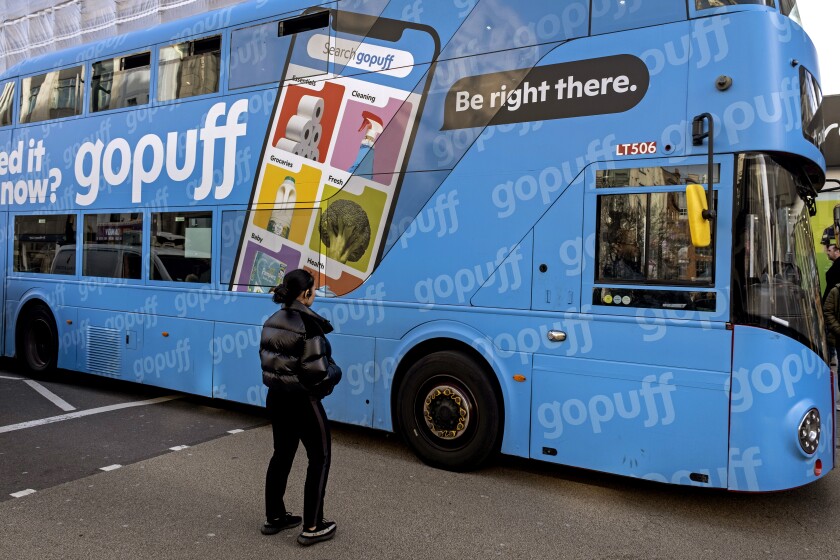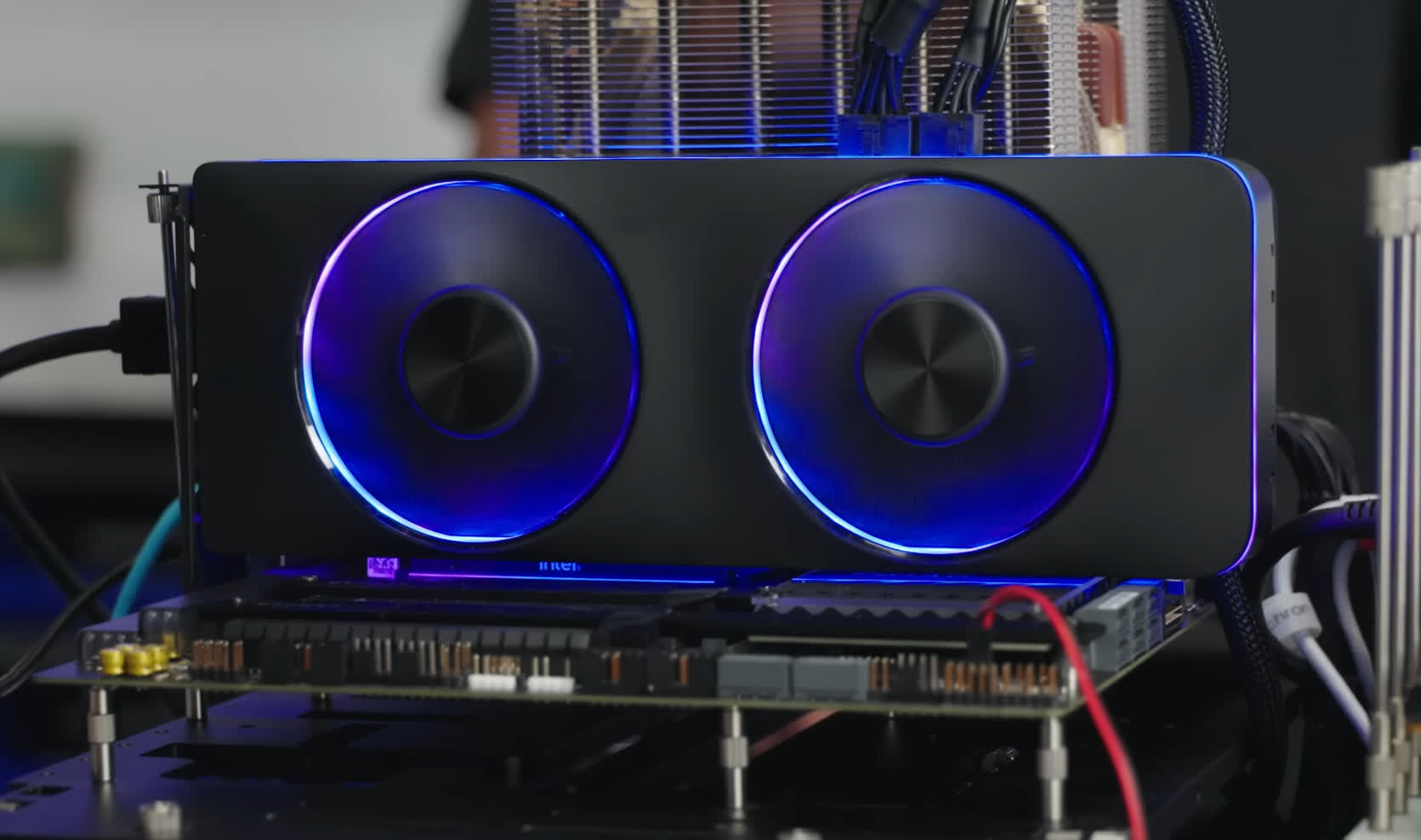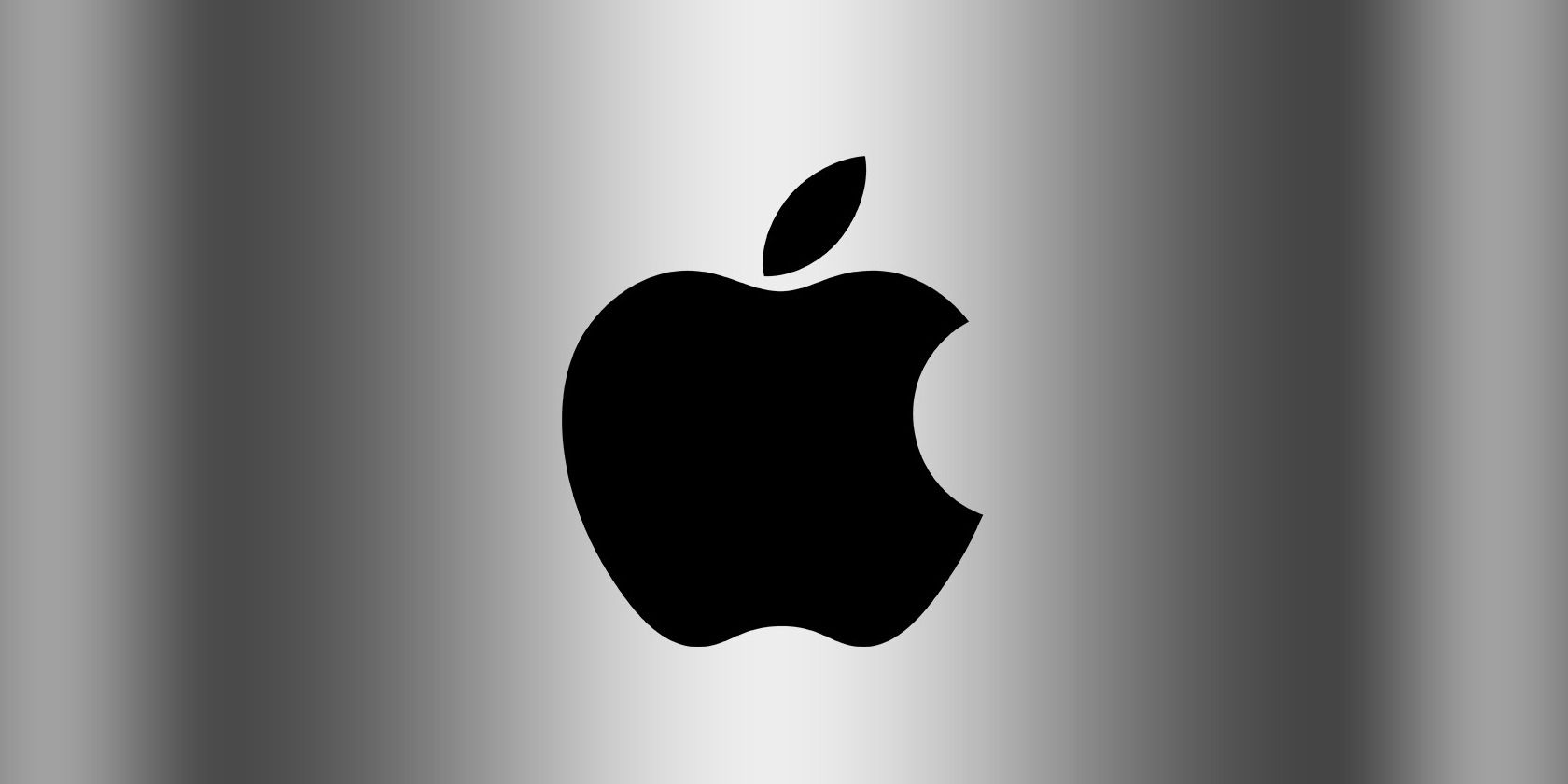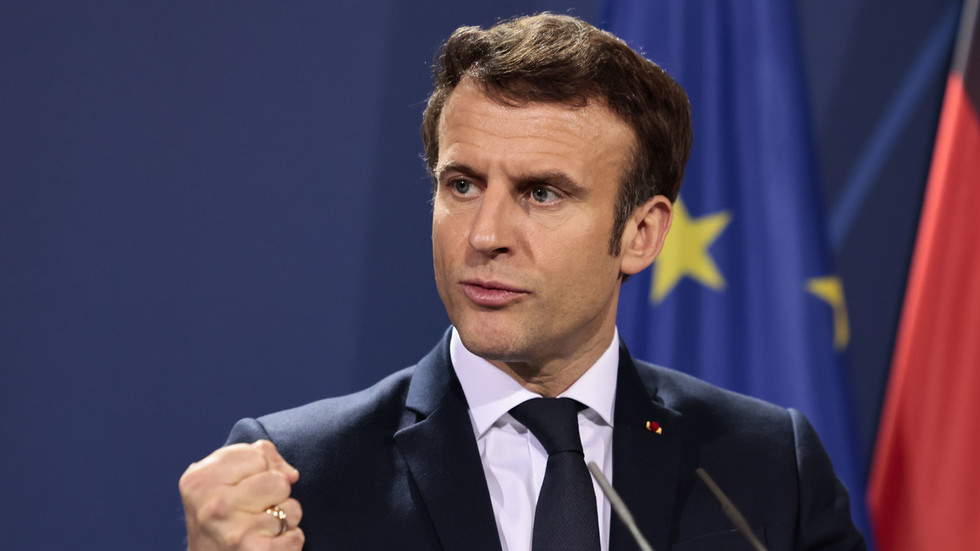[ad_1]
When an East Coast startup called Gopuff paid $350 million for BevMo in November 2020, it wasn’t immediately clear what a tech company planned to do with California’s biggest liquor chain.
Founded in Philadelphia by two college friends in 2013 and backed by more than $1 billion in venture capital, Gopuff delivered beer, snacks and other corner-store sundries, putting it in competition with the likes of UberEats, DoorDash and Drizly, companies that rely on software and contract labor to avoid owning physical assets. What did Gopuff want with a collection of more than 100 bricks-and-mortar bottle shops?
Two years later, Gopuff has built its California business around those physical locations — and their all-important liquor licenses — says co-founder and co-Chief Executive Rafael Ilishayev, using them as fulfillment centers for local deliveries. With a firm beachhead in California, Gopuff has expanded to 42 states, the United Kingdom and France, and has more than 13,000 employees, in addition to gig drivers.
But the path has gotten rocky in recent months. Drivers in Gopuff’s hometown of Philadelphia went on a one-day strike in late 2021, saying the company regularly underpaid them for hours worked and had slashed pay rates over the years. Competitors DoorDash and Instacart have also started adopting the Gopuff model, building their own micro-warehouses to speed up deliveries instead of solely delivering goods from other retailers. Now as Gopuff plans to go public, lawmakers in New York City are considering regulating instant-delivery businesses, and the company is reportedly laying off staff to cut costs.

Gopuff has its headquarters in Philadelphia and operates in 42 states, France and the United Kingdom.
(Mike Kemp / In Pictures via Getty Images)
The Times spoke with Ilishayev in late January, when he was in Los Angeles for a charitable event at the Watts Community Labor Action Committee, distributing thousands of rapid COVID-19 tests alongside nonprofit Baby2Baby. He spoke with The Times about why Gopuff bought Bevmo, how the business works and how it reacted to the strike. He declined to comment on the planned initial public offering.
Why buy BevMo?
It’s really, really tough in the U.S. to acquire liquor licenses. Every state is different. Some states, it takes six months. Other states, it takes three years. In some states like California, there’s moratoriums and districts where you can’t even get any more liquor licenses, no matter how much money you throw against the problem.
So we had seven years of experience of acquiring liquor licenses at that point [in 2020]. We knew the monumental task of entering a state as important as California. The regulatory framework that was provided to us when we purchased BevMo was instrumental. It allowed us to come in and capture the market in a really meaningful way.
You received $750 million from investors in 2019, including the giant $100-billion SoftBank Vision Fund. Was buying BevMo part of your pitch to bring in that cash?
BevMo was not even in the conversation when SoftBank [and other investors in the 2019 round] showed up. When we started looking at California a few months later, we started understanding that it would take somewhere between five and eight years to re-create BevMo’s network of liquor licenses — and their locations.
Right, California real estate is not the easiest market to enter right now.
And [BevMo] has been building since the ‘90s. So we thought, either we can go down that five-to-eight-year process, or we can partner with one of the only pure-play chains of liquor stores in the U.S. People don’t understand, there’s no other analog to BevMo across the country — the market is fragmented into mom-and-pops.
So what’s happened to BevMo stores since you took over?
We’ve built an MFC [micro fulfillment center] within almost every BevMo, unless the BevMo is too small. For the in-store experience — I hate speaking poorly about former operators, but it was operated pretty poorly, there was no investment done into the brand.
We just did some really basic stuff on the assortment side: giving more access to products that BevMo customers wanted, using data to understand the products frequently purchased with alcohol, and putting those products within the BevMo store. So for the first time in the better part of 15 years the retail business grew.
What goes on behind the scenes to build a tiny delivery warehouse inside a liquor store?
Practically speaking, we had to rearrange every single store in the middle of the night. While BevMo was shut down, we cleared the entire store, reracked the whole store, added the Gopuff assortment [of new products,] and built an MFC in seven to 14 days.
How did that change things for existing store staff? Were they involved in all this work?
We got some of our best people to move to California and help the legacy staff really scale up. We kept all the existing BevMo employees that worked at the stores, and many of them went to the [micro-warehouse] side as well, to help pick and pack and become shift leads [on the delivery side.] They also had some pretty archaic technology in the stores, so we brought them into the 21st century.
Did you have any reservations about spending $350 million in the middle of the pandemic?
A lot of people were telling us to not do any [mergers and acquisitions] in the middle of a global pandemic, but we were getting so many requests from California and so many folks that wanted to use the service. We were getting millions of app downloads in California, and had no way to serve those customers.
Our business at that point was 6 1/2 years old, and we’d been growing triple digits year over year since our inception. And then the pandemic was like a shot of adrenaline, it was like in one quarter we got a year’s worth of marketing. So we were like, we just have to take a leap of faith, fortune favors the bold.
Gopuff drivers in Philadelphia went on strike in November. You didn’t comment directly at the time. What was your reaction to the strike?
I have a deep amount of empathy for people that work inside of the buildings and the folks that are delivering orders each and every day. But I look at facts for these kind of things, and data. The vast majority of our drivers are very, very happy.
Have you increased pay given the tight labor market?
Somewhat. When we launch a market, we need a critical mass of orders before that market starts producing profit on a per-order basis. We like to produce positive unit economics, so we need volume, and it takes a few months to get there. So you need to create a floor for drivers in those early days, but once a market really starts humming — month five, month six, month seven — you have enough order volume to support that $18 to $25 [hourly] range that’s healthy for the business and healthy for our driver partners.
So is there a world where you respond to driver demands like reimbursing mileage?
It’s not so clear-cut and simple. We’re constantly looking at ways to improve the driver model and give drivers access to different perks, whether it’s cheaper prices for gas or access to ways to maintain your car in a better way and have a discount for that. So there are ways to achieve the driver’s goals and still keep the model where it is today. But we’re constantly evaluating what’s important for our driver partners and reacting accordingly.
How do you stop Amazon or Uber from jumping into the quick delivery game and just outspending you to take the market?
This is a really fricking tough business to figure out. That’s the reason why we stayed quiet for so many years. We didn’t do PR or anything else because we were figuring out how to scale this business. We had to build everything from scratch.
So if this is a part of someone’s time, you know, good luck. This is not a third-party business where you just put delivery partners in the city and you open it up.
[ad_2]
Source link















